(Biddeford, ME) – Every Wednesday, students enrolled in HIS 399, ‘Time Team’ New England, contain their world in 50 x 50 cm squares. For these 18 students, the story they are working to tell is inside these squares, just underneath the surface of the land UNE students walk over every day.
Through a slow and careful excavation process, students in HIS 399 have been given the opportunity to tell the story of UNE’s historic Biddeford campus and have begun to uncover history like UNE has never seen before.
Professors Arthur Anderson and Eric Zuelow co-teach this course. This is the first time either has co-taught a course at UNE.
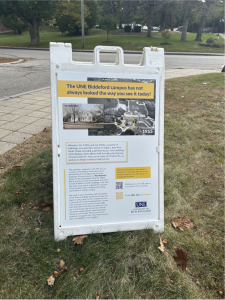
Professor Arthur Anderson explains that while there is proof that other structures once existed in the space outside Decary Hall, known as The Wayside, it has yet to be discovered exactly where they were located or if they may have been moved during their lifetimes.
The goal of this dig is to uncover structural remains that may still be underground or buried artifacts that may hint at the time frame this building was built in.
There are no records of these buildings besides a few old photographs, so the only information known about them has been put together by professors and students based on small remains that have been found.
“You have to be thrown in the deep end,” Professor Anderson explained about archaeology, saying that hands-on learning is especially valuable for this field.
On dig days, students work in small, roped-off squares. Slowly and surely, they chip away at the dirt, keeping a focused eye out for any small pieces that could be debris. Some of the most significant discoveries about the structures the students have made so far have come from very small pieces, which an untrained eye might ignore.
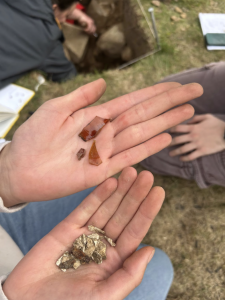
Peyton Stevens, a senior animal behavior and environmental science double major, explains that she has been part of the discovery of a chip of paint, a small piece of charcoal, brick, and plaster.
“I think one of the coolest parts of the dig is when we find artifacts that connect us to the house. I think one of my favorite finds is two pieces of wood that were pretty intact and actually had nails still in them. It was really cool to excavate something so house-like,” Stevens explained.
Grace Matthews, a senior environmental studies major actively participating in the dig, explained that she came into the course with minimal background in history but was intrigued by the idea of a co-taught course.
“We’ve talked about not just the physical archaeology, not just the digging part, but also how people lived,” Matthews explained, highlighting the well-rounded nature a co-taught class allows.
Matthews also explained that the digs have given her hands-on experience that she couldn’t have gotten anywhere else.
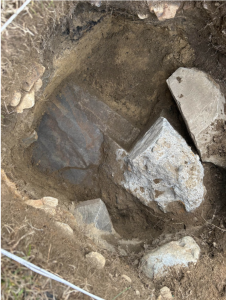
“Archaeology is not just lecture-based,” Matthews said, “You have to be able to work as a team.”
One of the most breaking discoveries the dig has unearthed so far was what appears to be a building’s foundation. After digging for about an hour, the group found a suspiciously smooth piece of rock.
The class spent some time theorizing about whether or not the rock could be natural and concluded that it seemed too polished and must be man-made. This discovery hopefully marks the beginning of many breakthroughs for the team as they expand their dig based on this finding, hoping to discover more hidden clues about Biddeford Campus’ past.



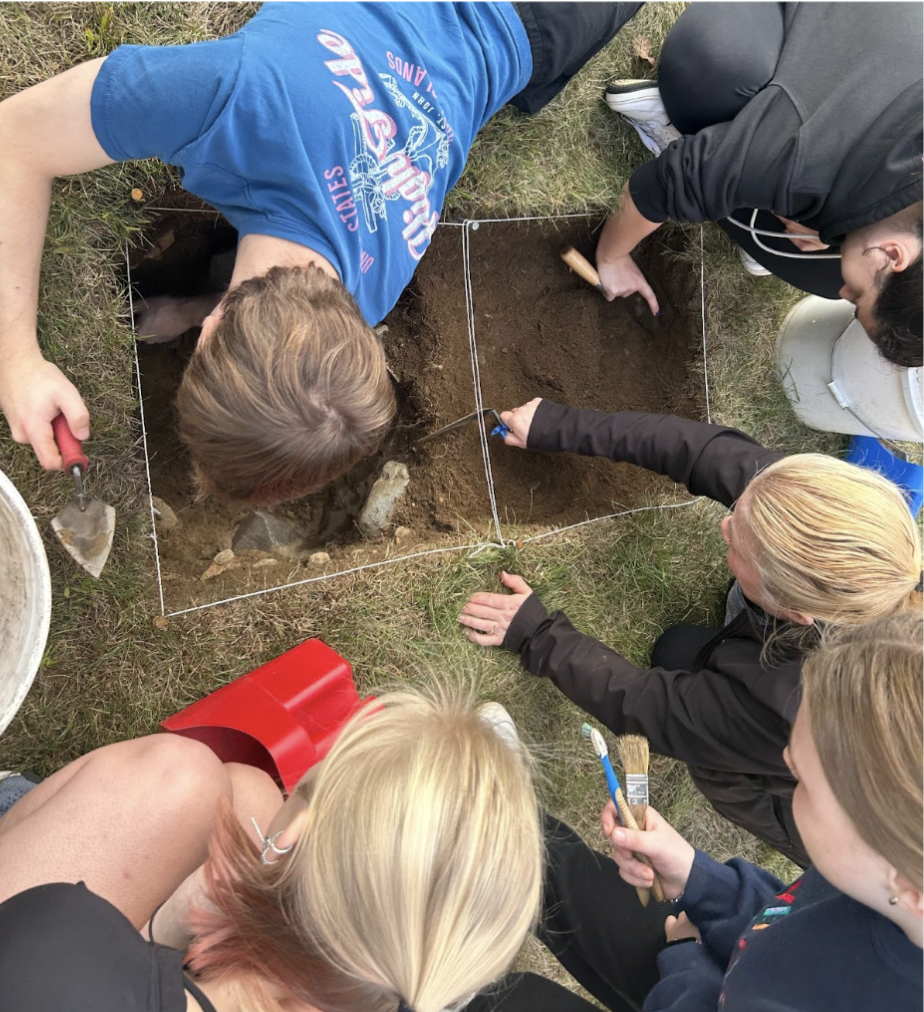


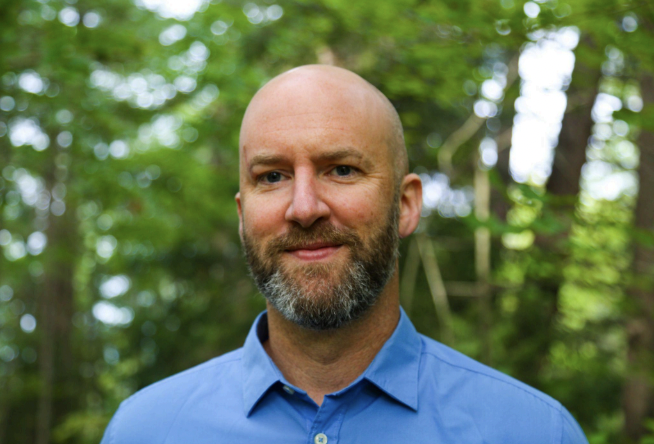

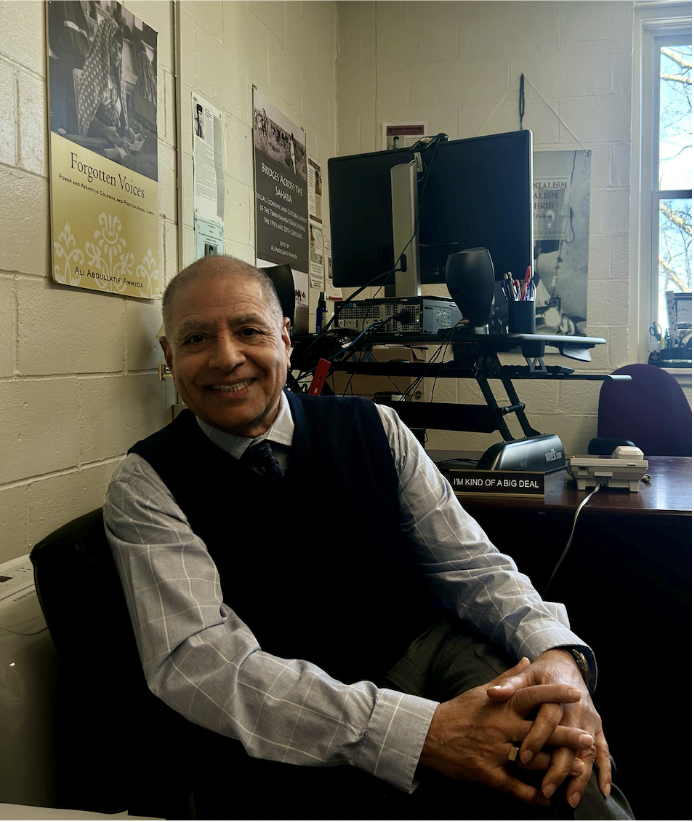




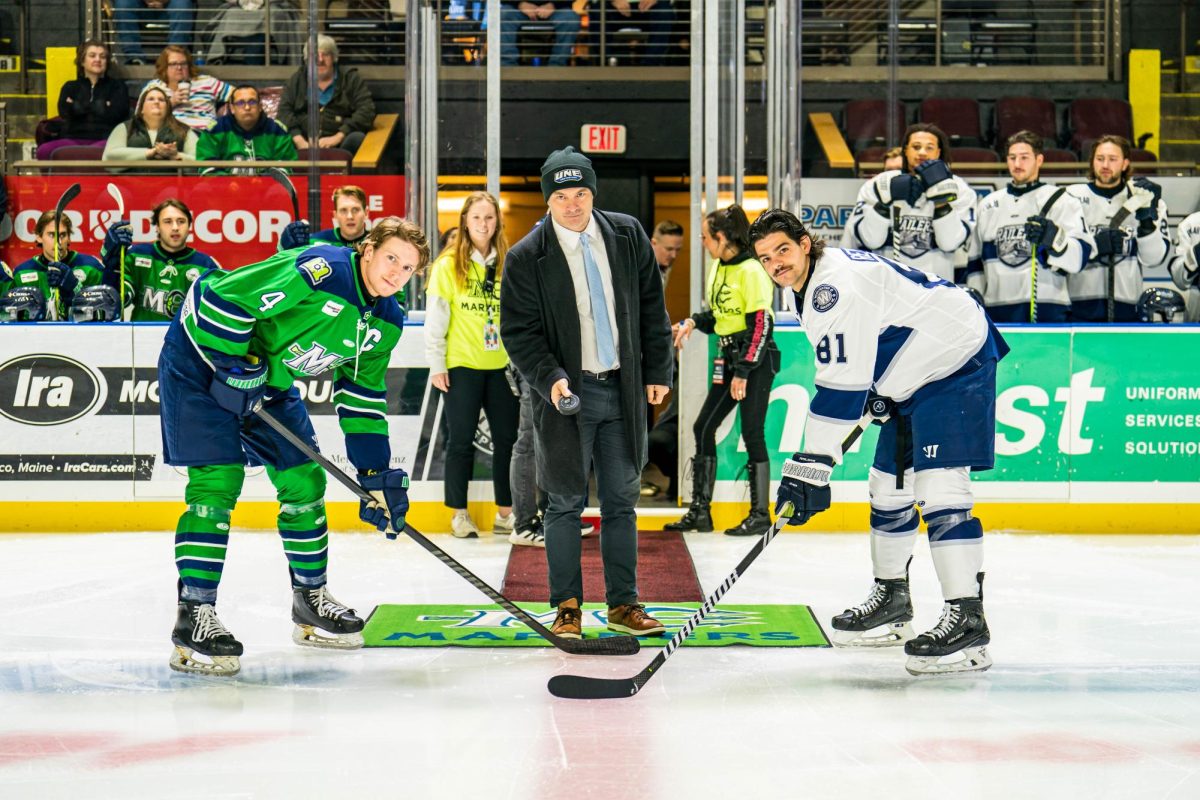
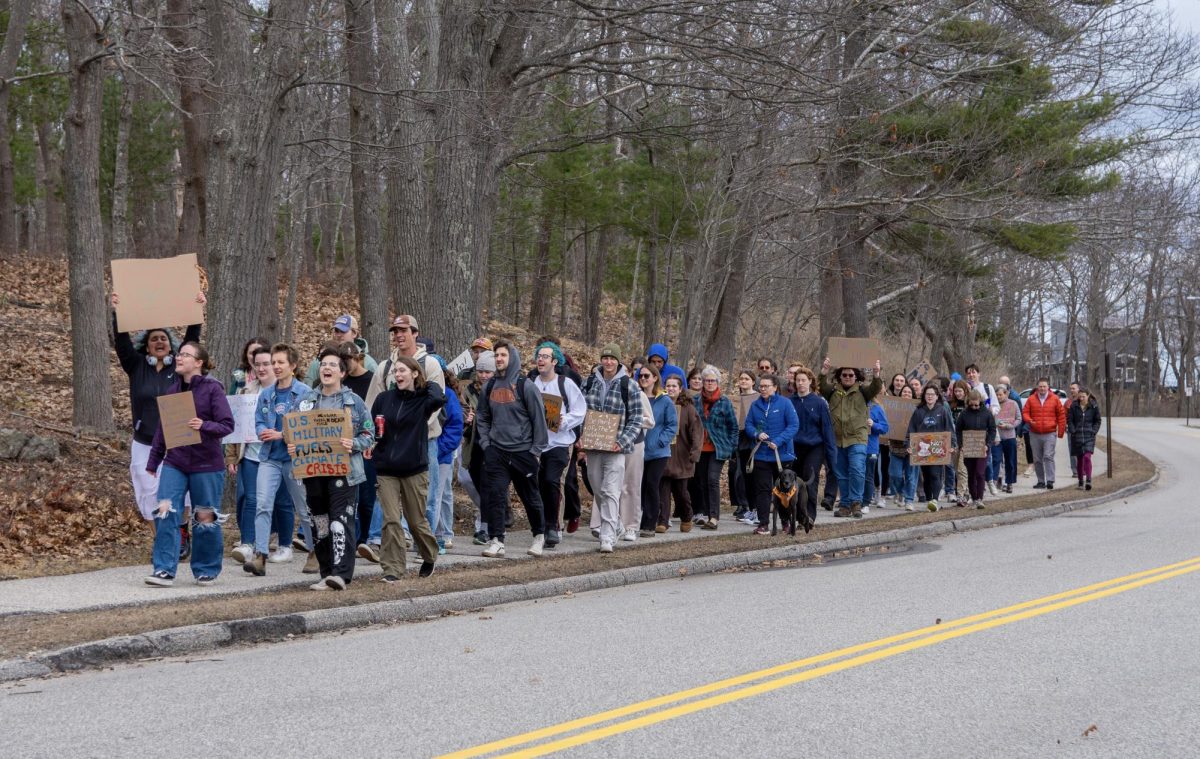
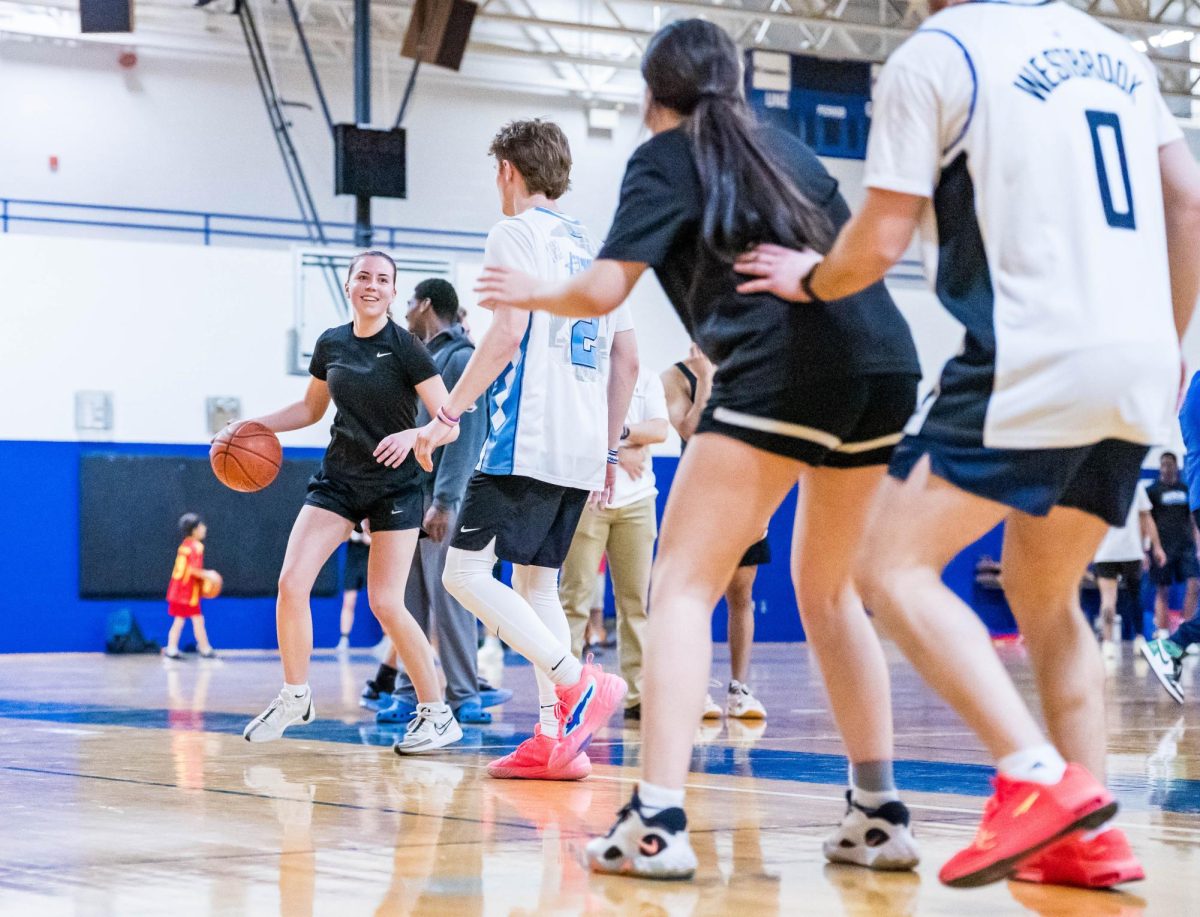
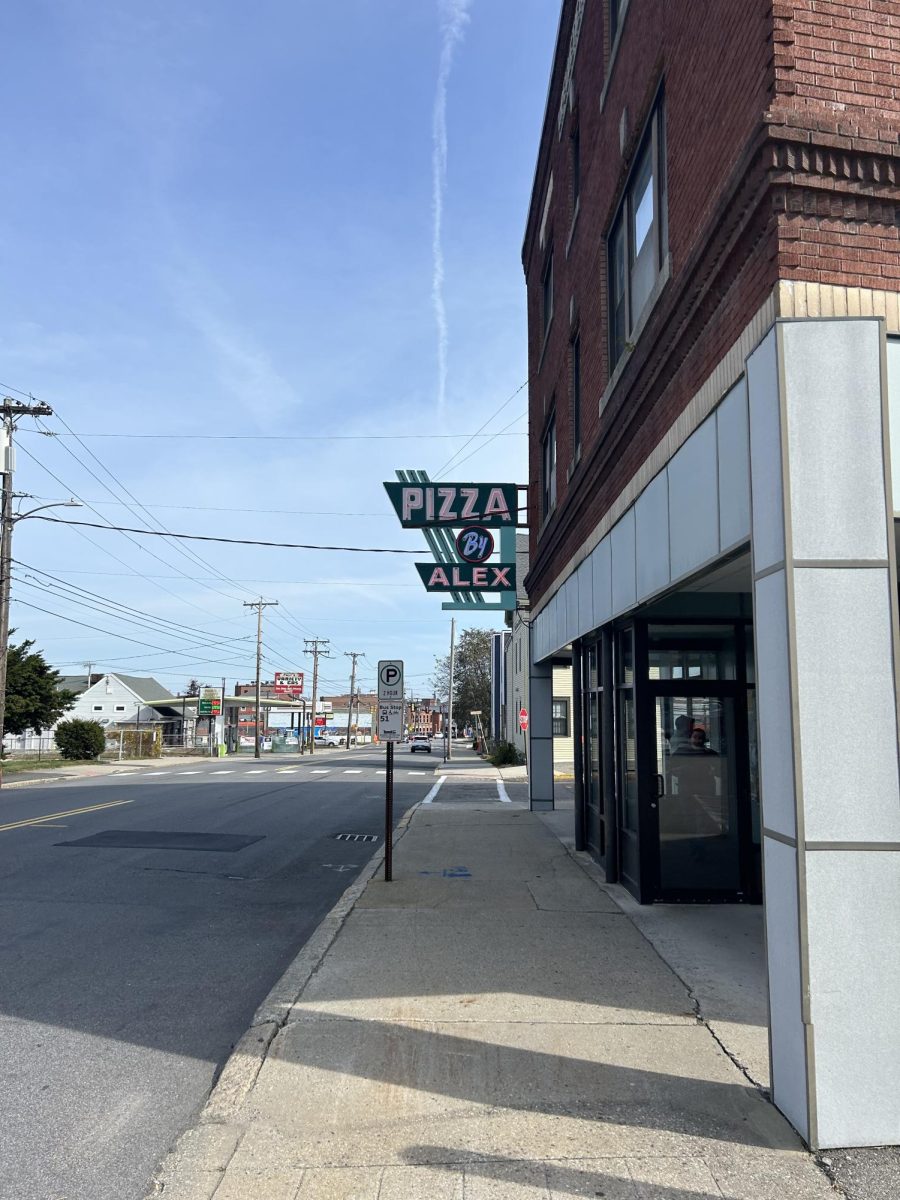
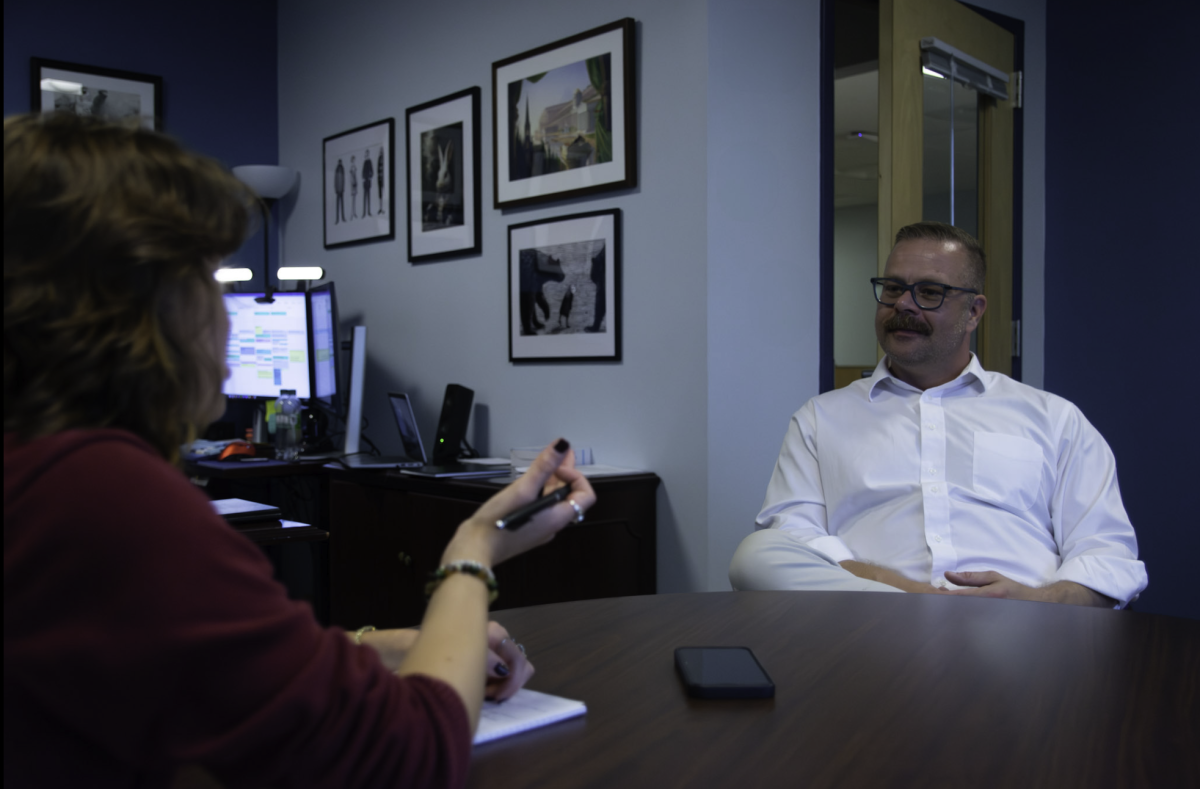

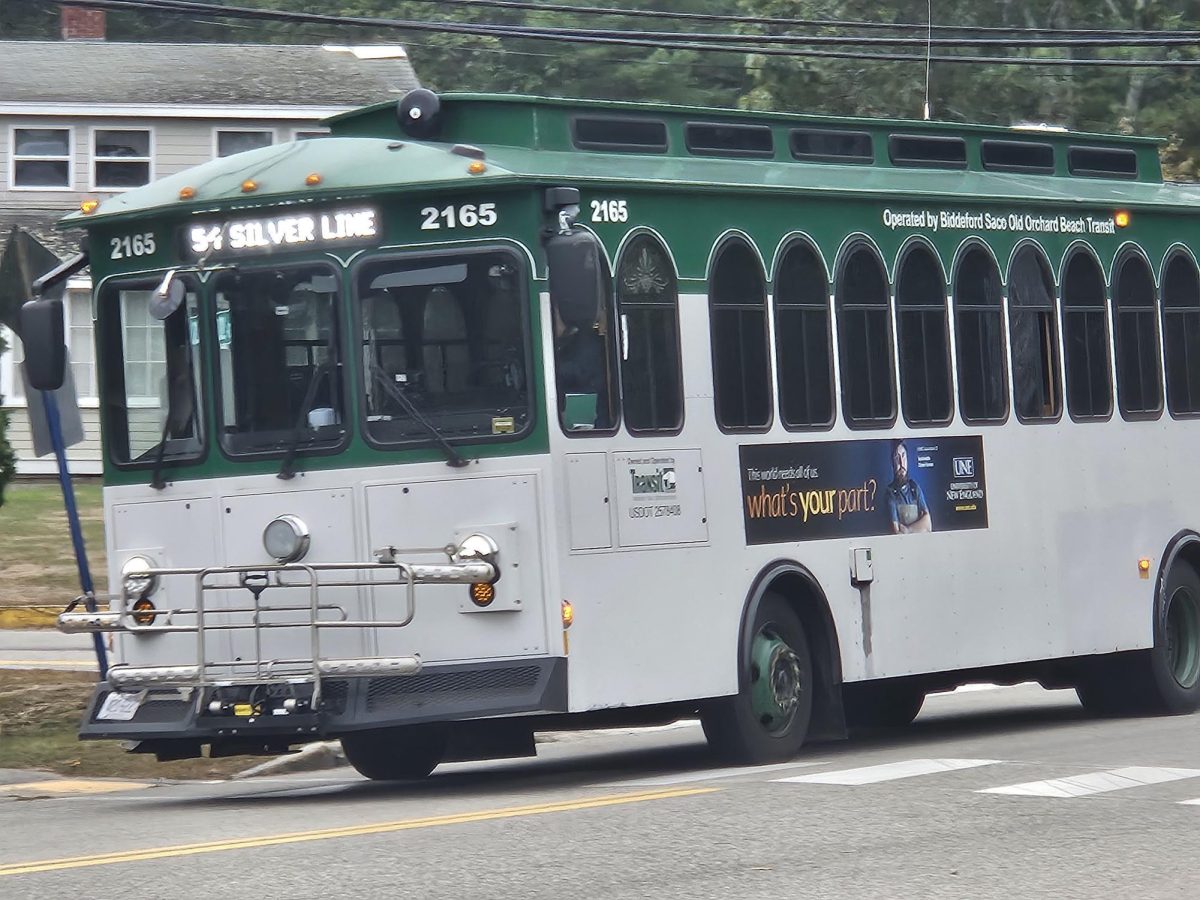
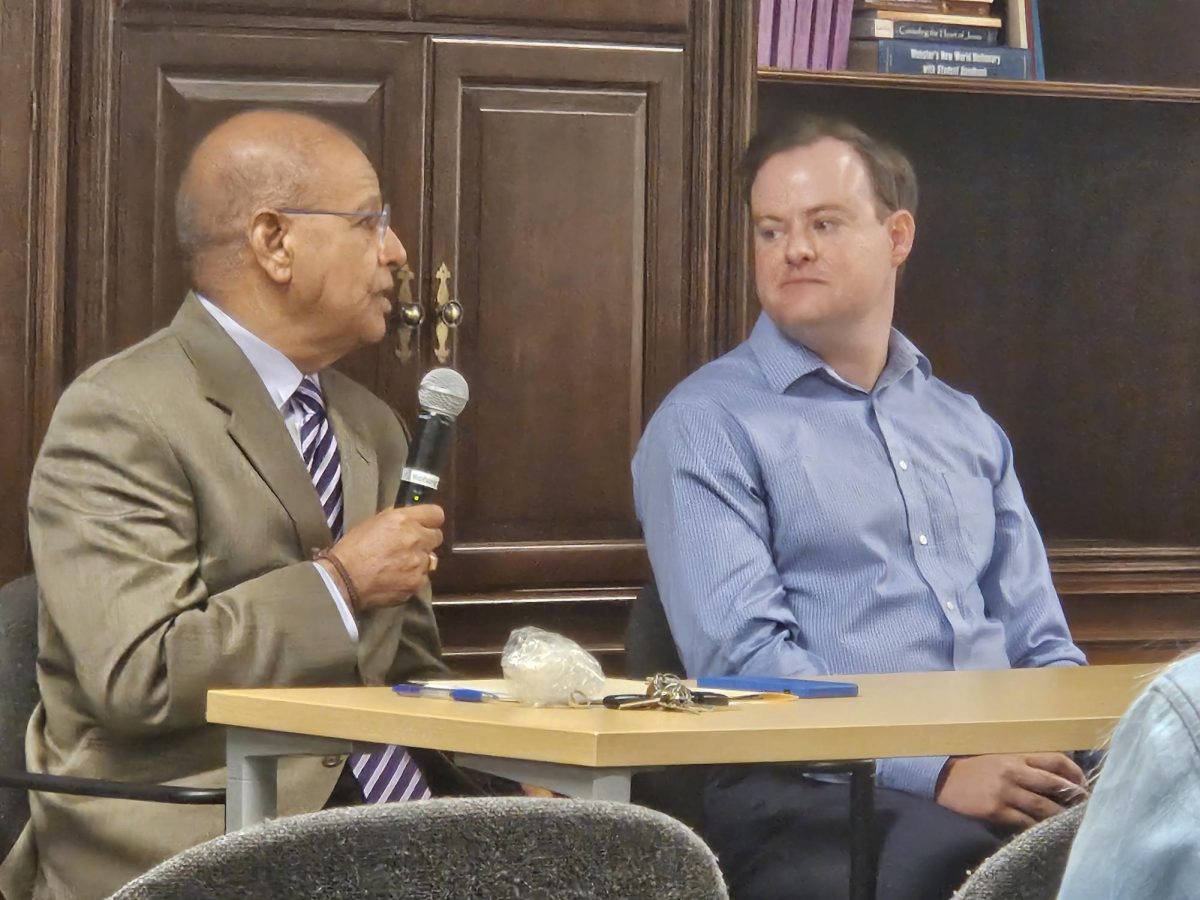
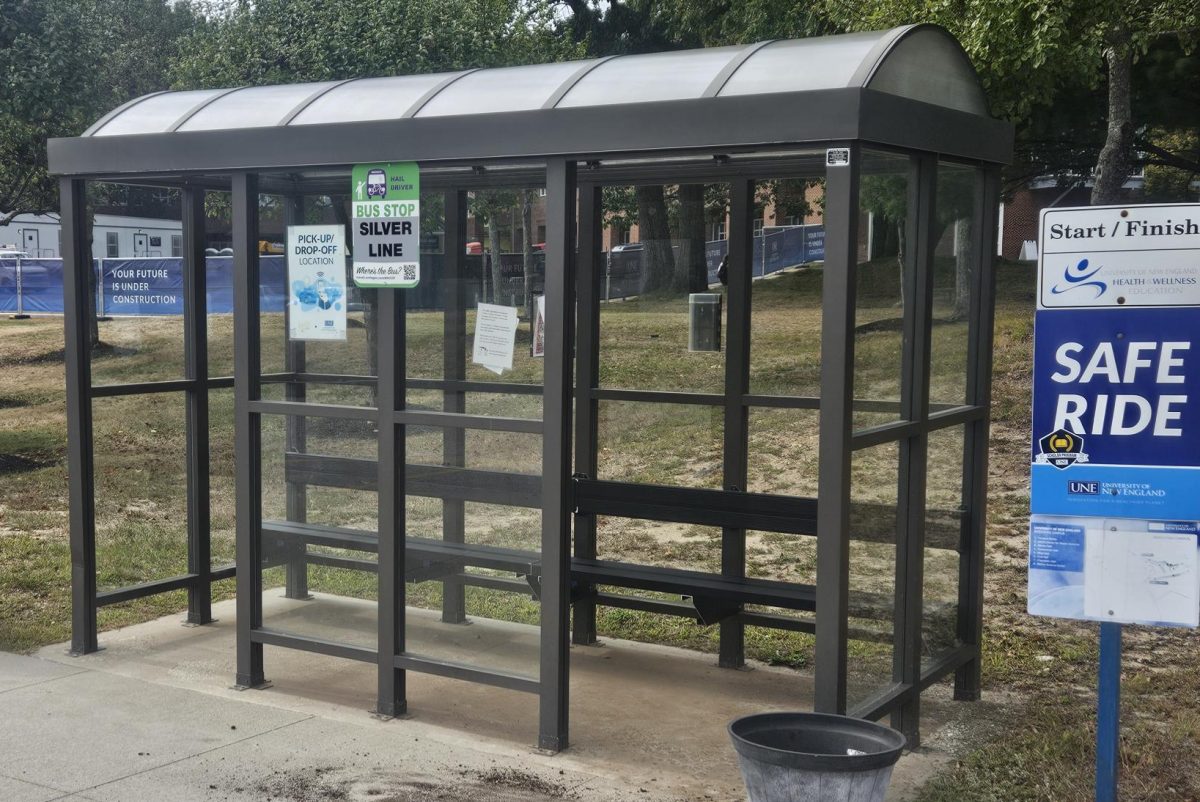
Josh P • Nov 11, 2024 at 12:36 pm
What a neat project. Great class to spotlight!
Mikayla Straube • Oct 27, 2024 at 10:19 pm
This is so cool!! Phenomenal article!